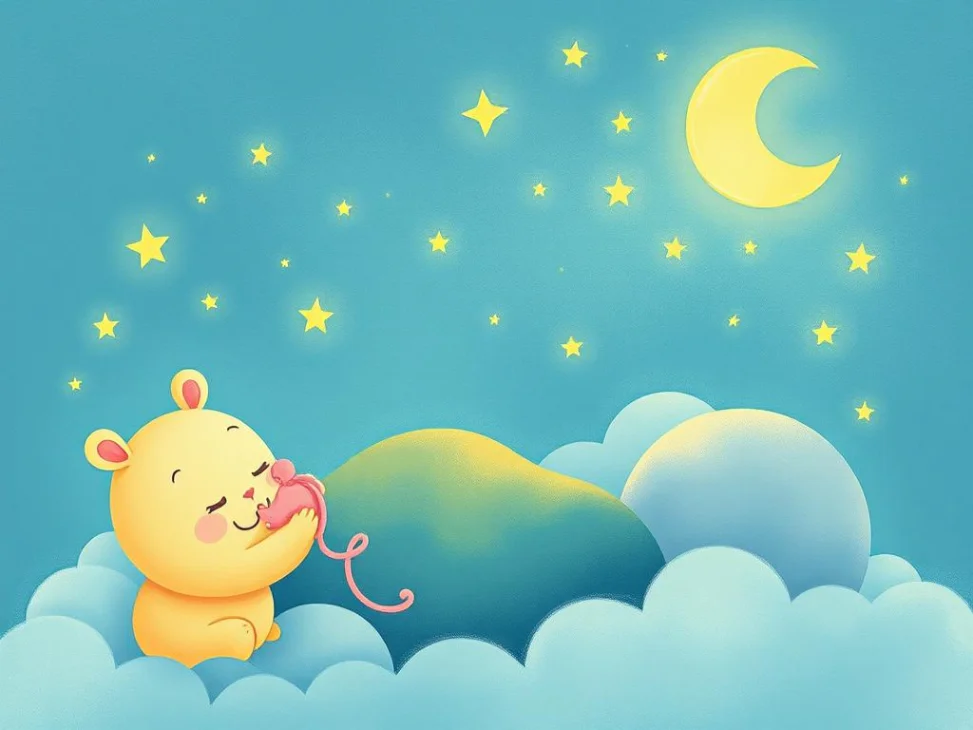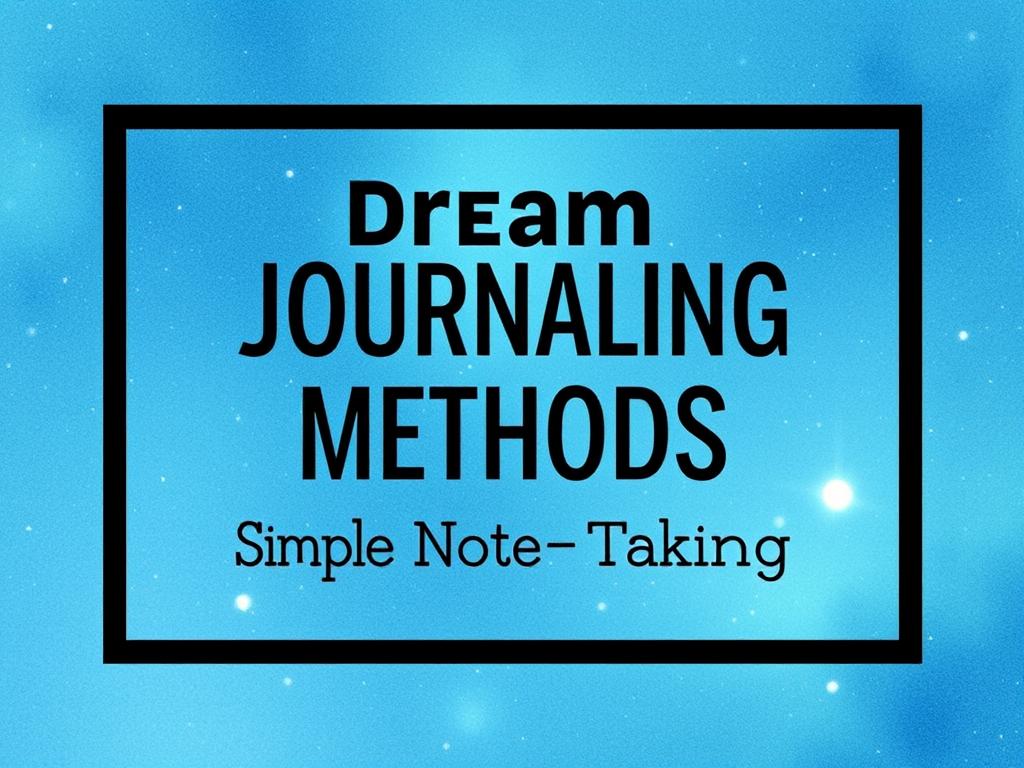Have you ever found yourself running breathlessly through mysterious corridors or dark streets in your dreams, with an unseen pursuer hot on your heels? Being chased in dreams is one of the most common dream experiences people report worldwide, and its significance runs deeper than mere night-time fears. Understanding these dreams can provide valuable insights into our subconscious minds and emotional state. Learn more about dream symbolism at https://globaldreambuilders.net/
The psychology behind chase dreams is fascinating, as they often reflect our waking life struggles, unresolved conflicts, or emotions we’re trying to avoid. Whether you’re being pursued by a shadowy figure, a wild animal, or even someone you know, these dreams can serve as powerful metaphors for various aspects of your life that demand attention.
Psychological Significance of Chase Dreams
When we experience chase dreams, our subconscious mind is often trying to communicate important messages about our emotional and psychological state. Dream analysts suggest that being pursued in dreams frequently represents avoiding confrontation with an issue, emotion, or aspect of ourselves that requires attention. The intensity of these dreams can vary from mildly unsettling to thoroughly terrifying, with each variation holding its own significance.
The identity or nature of the pursuer often holds special meaning. A formless shadow might represent unknown fears or anxieties, while being chased by a specific person could indicate unresolved conflict with that individual or what they represent in your life. The environment of the chase can also provide valuable clues – running through a childhood home might suggest the root of the issue lies in your past.
Common Chase Dream Scenarios and Their Meanings
| Dream Scenario | Possible Meaning |
|---|---|
| Being chased by a monster | Confronting deep-seated fears or overwhelming challenges |
| Running from an ex-partner | Unresolved relationship issues or emotional baggage |
| Pursued by wild animals | Dealing with repressed instincts or primal emotions |
| Chase through familiar places | Connection to past experiences or childhood memories |
| Unable to run or move | Feelings of powerlessness or being stuck in life |
Understanding Different Types of Pursuers
The nature of what’s chasing you in your dreams can offer significant insights into your subconscious concerns. Shadow figures often represent aspects of ourselves we’re unwilling to acknowledge, while being chased by authority figures might indicate struggles with power dynamics in your waking life. Animals in chase dreams frequently symbolize our basic instincts or emotions – a pursuing wolf might represent feelings of vulnerability, while a lion could signify facing noble but threatening challenges.
Personal Growth and Self-Discovery
Chase dreams can serve as catalysts for personal development and self-awareness. When we analyze these dreams, we often discover:
- Unresolved Conflicts: The chase might represent running from confrontations or difficult conversations you need to have in your waking life
- Hidden Fears: The pursuit often symbolizes anxieties about failure, rejection, or major life changes that you’re avoiding
- Personal Boundaries: Being chased could indicate a need to establish stronger boundaries in relationships or professional situations
- Inner Strength: Successfully escaping or confronting the pursuer might reveal untapped resources and capabilities within yourself
Practical Steps for Dream Analysis
Understanding your chase dreams requires patience and self-reflection. Consider keeping a dream journal to track patterns and recurring elements in your chase dreams. Pay attention to your emotional state both during the dream and upon waking. What feels particularly significant about the chase? Are there elements that remind you of current life situations?
The environment, weather conditions, and time of day in your chase dreams can all provide additional context for interpretation. Dark, stormy settings might represent emotional turbulence, while bright, open spaces could suggest a desire for freedom or escape from constraints.
Modern Psychological Perspectives
Contemporary dream researchers suggest that chase dreams might serve an evolutionary purpose, helping us process potential threats in a safe environment. These dreams can activate our problem-solving abilities and prepare us for challenging situations in waking life. They might also help us practice decision-making under pressure and develop better stress-response mechanisms.
Conclusion
Chase dreams, while often unsettling, can be valuable messengers from our subconscious mind. By paying attention to these dreams and understanding their potential meanings, we can gain insights into our emotional landscape and use them as tools for personal growth. Remember that dream interpretation is highly personal, and the most meaningful insights often come from reflecting on how the dream’s elements relate to your own life experiences and current challenges.












